David Cornwall’s breakthrough novel would be published only a year after his second, A Murder of Quality. Published in 1963, The Spy Who Came in from the Cold would establish his reputation as a writer of spy fiction. Cornwall had the credentials, too. He was an active MI5 agent when he published his first novel, Call for the Dead, in 1960, and he transferred to MI6 that same year. But as an agent, he could not publish under his own name: hence the nom de plume, ‘John le Carré’. But The Spy Who Came in from the Cold would be Cornwall’s last published novel before he left the spy game in 1964, after he and others were betrayed by the double agent, Kim Philby, who exposed the identities of British agents to the KGB.
It’s interesting to fit A Murder of Quality into this timeline because the novel defies any expectations a reader who comes to it knowing nothing other than Cornwall/ le Carré’s reputation as a writer of spy thrillers, might have . In Call for the Dead le Carré (which is what I shall call him now) established George Smiley as a retired intelligence officer who is drawn into a murder case that eventually has espionage implications. But for those reading this novel and hoping for a spy thriller, they might possibly be disappointed if they cannot appreciate this story as crime fiction, to start with. The fact is it’s a light, quick read and it works well as a crime novel. It feels like we have caught le Carré at a moment in his early writing career when he has not yet settled into his craft. If Call for the Dead teetered between the world of spies and police, A Murder of Quality reigns back the espionage aspects almost entirely. In fact, A Murder of Quality has more in common with British crime novels of the Golden Age of crime fiction than le Carré’s later thrillers. Amateur sleuths were common in that era, the environments and suspects were limited and there was usually a puzzle aspect to the plot: the reader could attempt to follow the clues. Smiley isn’t exactly an amateur, but he is not a detective either, so he nominally remains under the supervision of Detective Rigby and his superior Brigadier Havelock in A Murder of Quality. Even so, I think there are differences between what le Carré is doing in this novel and what Golden Age writers like Agatha Christie, for instance, were doing with their characters. Smiley is not a Poirot, and he is certainly not a Miss Marple.
Smiley was already a retired intelligence officer in Call for the Dead, and at the beginning of this novel he is contacted by the editor of the Christian Voice, Ailsa Brimley, who hopes he can be of help. Her connection with Smiley dates back to her association with him as a war colleague. She has received a letter from Stella Rode (née Glaston), the wife of a junior teacher at Carne School, whose family has supported her newspaper since its inception. Miss Brimley’s long association with the Glastons makes her take Stella’s letter seriously. Stella has written that she believes her husband is going to kill her. She evidently does not wish to go to the police, yet, since she has chosen to contact Miss Brimley, instead. Miss Brimley decides she could ask Smiley to find out what is happening. During the war Smiley worked with the brother of one of the current masters of the school, Terence Fielding, who is about to retire. It’s an association Smiley can exploit. But by the time Smiley rings Fielding, Stella is already dead.
The mystery surrounding Stella’s death is deeper than it appears. There are varying accounts of the character of Stella and her husband. Some praise Stella’s charity work and her willingness to help others. Others believe she lacked social graces and criticise her for failing to fit in with the school community. There are darker rumours, too. But most agree that Stanley Rode, Stella’s husband, was a social climber whose educational background in a grammar school makes him unsuitable for Carne. The complication is that while Stella’s letter to Miss Brimley would seem to make her husband the prime suspect, it is early established that Stanley Rode could not have killed his wife. The murder weapon is found four miles north of the scene of the crime, and he had no opportunity to dispose of the weapon so far away in the timeframe available to him.
Another aspect of the novel reminiscent of the Golden Age works is its interest in class. Golden Age murders almost always involved a victim of ‘quality’. Murder is a disruption to the social system, especially in the upper echelons of society, and solving the case is a restoration of the social order. Le Carré’s title seems to allude to this. Except, Stella Rode, while from a ‘quality’ family, appears to have eschewed class pretensions. And according to S.S. Van Dine’s rules for detective fiction (written for the Golden Age writers), the murderer had to be someone of quality, too:
The culprit must be a decidedly worth-while person – one that wouldn't ordinarily come under suspicion; for if the crime was the sordid work of a menial, the author would have had no business to embalm it in book-form.
It is upon this matter that le Carré refuses to conform. Brigadier Havelock, who is responsible for Inspector Rigby’s handling of the case, suspects ‘Mad Janie’ of murder based upon conservative class prejudices, alone, rather than any evidence available. ‘Mad Janie’ would have been an unworthy suspect for much of the Golden Age writers. But instead of restoring social order, Le Carré’s novel seems, rather, to undermine the pretensions of class in what approaches satire. If le Carré can be said to have developed anything from his first novel it is this. In Call for the Dead Smiley is introduced to us as a man who has married above his class and has subsequently become the butt of society rumour once his marriage has failed. In A Murder of Quality Smiley’s situation is echoed with the marriage of Stanley Rode. Rode has married into the respected Glaston family. He hopes to get ahead at his prestigious school, but his wife, frustratingly, refuses the social graces that might ingratiate them and help his career.
This, and Le Carré’s experiences as a student at Sherborne Boarding school, also, seem to feed the social satire of class that pervades this novel. Le Carré takes a hatchet to the tenets of public-school education in the embittered renunciations of Fielding, and the snobbish presumptions of Shane Hecht, wife of a teacher at Carne, whose class prejudice exemplifies much of the school’s sense of history and purpose. Carne School is a fossil. Masters at the school still wear uniforms and traditions are maintained. Prayers are said at all hours, reflecting the school’s religious history, including the ‘long nights’ when monks once kept vigil during Lent between the Offices of Compline and Lauds. Tellingly, the ancient images of saints outside the old Abbey remain, “their purpose lost, with no eyes to see the changing world.” Carne school’s reputation is founded upon its adherence to past practices, its conservative, unchanging thought, and its sense of privilege and class.
Consequently, Fielding feels a sense of failure at the end of his career because he perceives he has devoted his life to helping entrench these class values, while the school provides little real intellectual challenge for its students. Instead, in his eyes, the school becomes “a sanatorium for intellectual lepers.” In contrast, Shane Hecht is a fierce advocate of class; a gatekeeper of standards, so to speak. She despises Stella and her husband for their lack of taste, which she exemplifies with the ducks that hang in formation upon their wall. Furthermore, Ann Snow, wife of a mathematics professor at the school, believes Hecht despised Stella because she refused even to try to live up to her standards: refused Hecht that power. Hecht’s stock in trade is class prejudice. When she meets Smiley in company she tries to prise from him information about his own social status. In private, she soon reveals she already knows all about him and his disastrous marriage: “I could crush you,” she threatens Smiley. In public she speaks vaguely about a Smiley who is the former husband of Lady Ann Secombe, a man she declares “unsuitable” for such a match. But she knows who Smiley is – knows his class – and in her eyes, this is enough to discredit him.
A Quality of Murder draws upon the element of class, suggested by Smiley’s unlikely marriage with Ann Secombe from the first novel, and explores this aspect of British culture in an educational setting in this second novel. For me, that is the real progression that le Carré chose to develop in his second book. But Smiley’s perspective as a former spy also provides another insight that is not likely to arise from classic Golden Age crime fiction. Smiley has emerged from a world of uncertainties and deception: from the war and his role as an intelligence officer. Crime Fiction, which this novel surely is, brings certainty to the uncertain, restores order, and often reinforces the tenets of class and social institutions. But Smiley does not bring the same confidence to the table as a Poirot or Miss Marple. Miss Marple may be assured of her understanding of human nature, but Smiley refuses to believe that human motivation can be known. In Call for the Dead Smiley reflects:
We know nothing of one another, nothing ... However closely we live together, at whatever time of the day or night we sound the deepest thoughts in one another, we know nothing.
It is a thought that is repeated in A Murder of Quality. “I don’t believe,” Smiley tells Havelock, “that we can ever entirely know what makes anyone do anything.” Later, he tells Fielding, “we just don’t know what people are like, we never can tell; there isn’t any truth about human beings, no formula that meets each one of us.” Instead of the assured solution we find in most crime fiction from the Golden Age, Smiley’s world is one in which motives may not be apparent or may not make much sense to someone else. The facts could implicate multiple suspects, except for the luck of one fact here or there. Like Poirot or Marple, Smiley may get his culprit, but there are no absolutes in his world, nor does the resolution of the story return us to moral certainty. Instead, in the end, Smiley is left at the end in a “half-lit street, and the shadows moving along it”; an appropriate metaphor for the tone of le Carré’s fiction.
Status, ambition and class are certainties for those, like Shane Hecht, who subscribe to the fiction of their immutability; that clear delineation between me and you, us and them. The idea is wonderfully expressed in the phrase “town and gown”, where ‘town’ is a metonym for the working-class people whose community supports the academic world, the “gown”, of Carne school. And the notion of ‘quality’, foregrounded by the title, takes on sinister associations. Ann Snow tells Smiley that Stella “didn’t want to be a lady of quality” and we understand that this may very well have had something to do with her death. She did not fit in. She refused to. Le Carré’s narrative reveals the presumptions and insecurities of this world.
So, A Murder of Quality, has little, if anything, to do with the world of spies and espionage. If there is any insight available on that count, it resides with insights Smiley brings to the investigation, along with his character. Smiley understands that a good spy is one who “may never, never be noticed.” Again, le Carré eschews the “brash and colourful adventures of fiction” when speaking about spies. Smiley is not James Bond. Rather, he lives with “fear … servility … dependence” which makes him attuned to the characteristics and motives of his targets. He is a self-effacing and humble man whose character makes him an astute investigator.
A Murder of Quality is a good piece of detective fiction which is given a different tone by the experiences that Smiley brings to the story. It is more limited in scope than its predecessor, but taken for what it is, it is certainly an entertaining piece of crime fiction flavoured much like the novels of the Golden Age of crime, and is also a curious early novel for those interested in reading more of le Carré.
The George Smiley Series

 RSS Feed
RSS Feed Facebook
Facebook Instagram
Instagram YouTube
YouTube Subscribe to our Newsletter
Subscribe to our Newsletter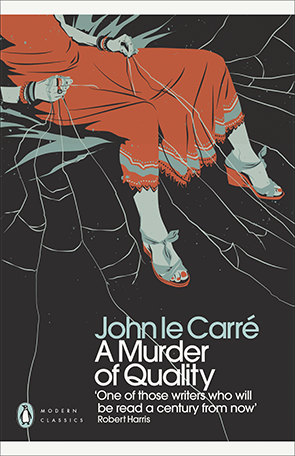

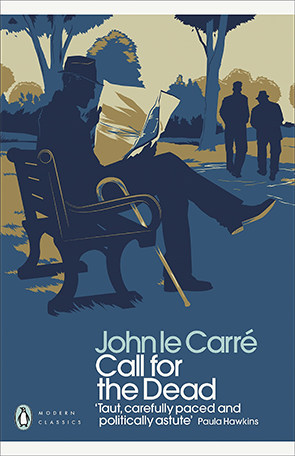

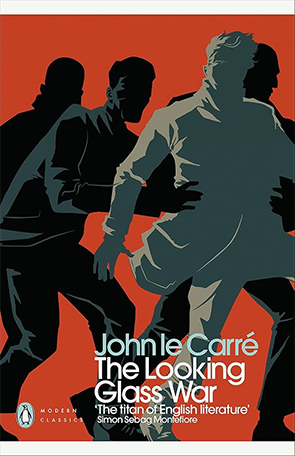
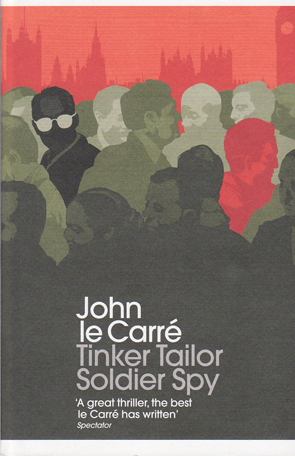
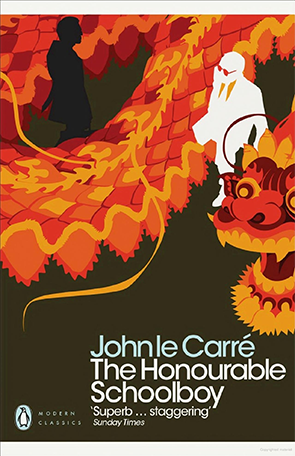
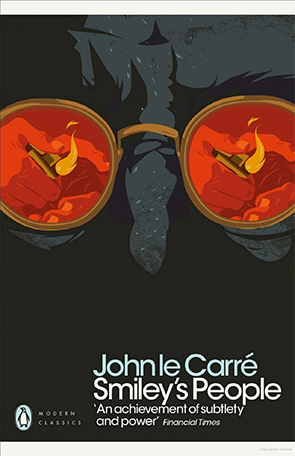
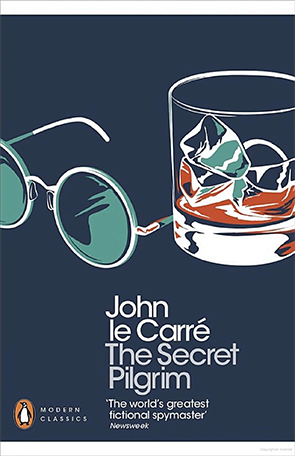
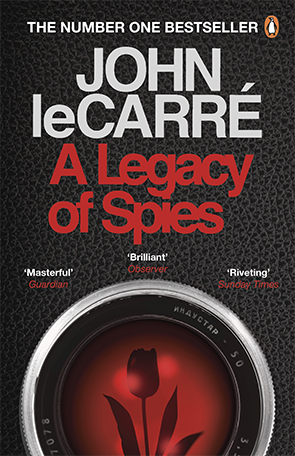
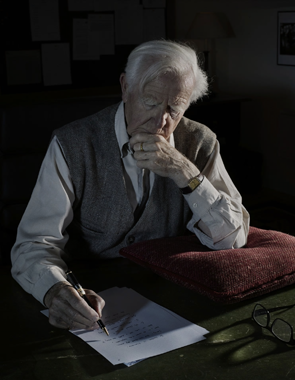




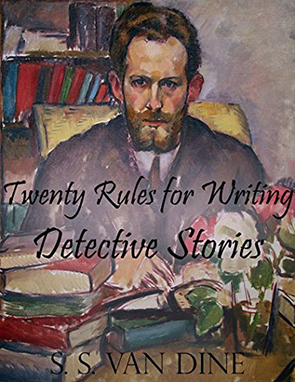
No one has commented yet. Be the first!